Dental Implants Direct
Your Implant Patient Journey
How The Treatment Process Works
A. Assessment
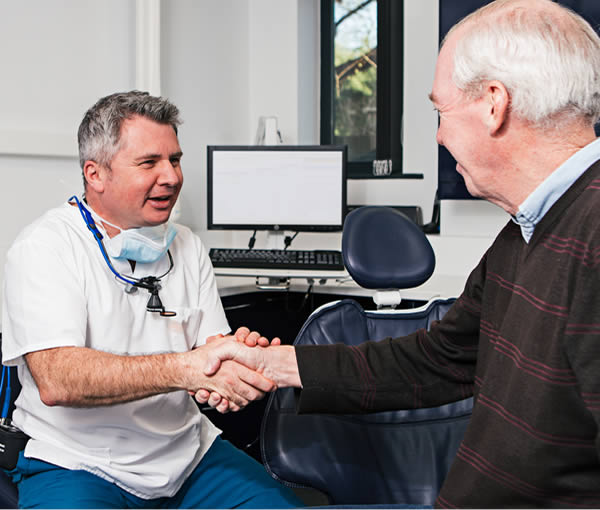
Teeth implants are suitable for many people; however we still need to assess your suitability to minimise the risk of failure.
You will be invited for a consultation with myself during which a comprehensive assessment is performed. This includes a full assessment of your teeth to establish their long-term viability. Dental implant surgery should only be performed where the mouth is well maintained and teeth are essentially healthy. If some teeth have poor long-term prospects, these may have to be removed and factored into the overall reconstruction. Leaving teeth in poor condition will compromise your new dental implant which may lead to its eventual demise and loss.
Once your mouth is healthy and stable, we now consider implant treatment. We will also measure the bone available in your jaw using a dental implant CT scan and we will invite you to my Derby location to have the CT scan performed. We will immediately be able to advise if you require a bone graft to allow placement of your implants. We will also take photographs and perform digital occlusal analysis to give us all of the information we need to create your personalised treatment plan, together with fees.
Stages of Implant Treatment
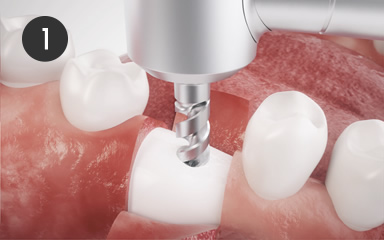
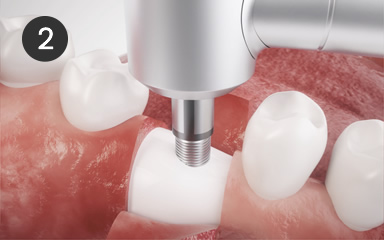
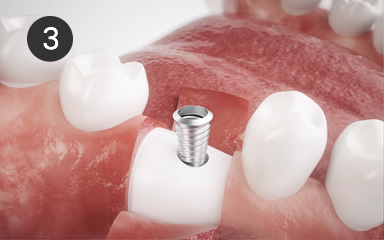
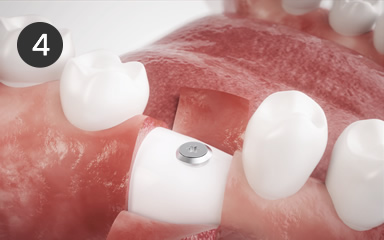
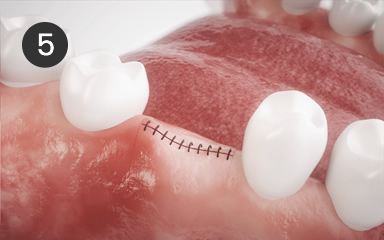
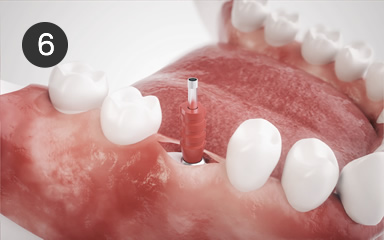
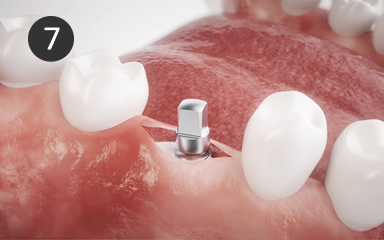
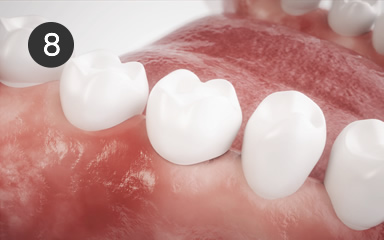
B. Dental Implant Surgery
When you are happy and decide to proceed with treatment, you are invited back to start the clinical process. Here we fit the titanium rod into the jaw bone to form the secure ‘anchor’ for the placement of the abutment support collar and finally the crown. The procedure is usually completed using local anaesthetic but sedation is also available for those who are nervous. Please do not worry that the procedure will be painful; this is not the case as we use very powerful anaesthetics. (1-2-3-4)
Titanium is used for the body of the implant because it is very strong, light and fuses readily with the jawbone in a process called osseointegration (5). This can take a few months so some patience is needed until the implant is secure and ready for the crown (6-7-8)
We also prefer to use a new type of dental implant that uses titanium and zirconia. Not only does this have greater strength, but also enhances the integration with the natural jaw bone. This facilitates loading the implant immediately with a temporary abutment and crown in what is known as an ‘immediate loading’ case, without waiting several months to fit a tooth.
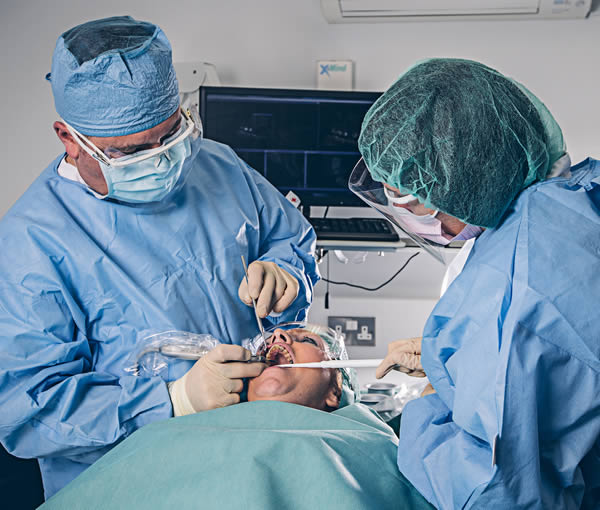
In a minority of cases, we find that some degradation of the jawbone structure has happened which prevents immediate placement. However this can often be remedied with bone grafting or the use of alternative treatment techniques.
C. Dental Implant Restorative Scan
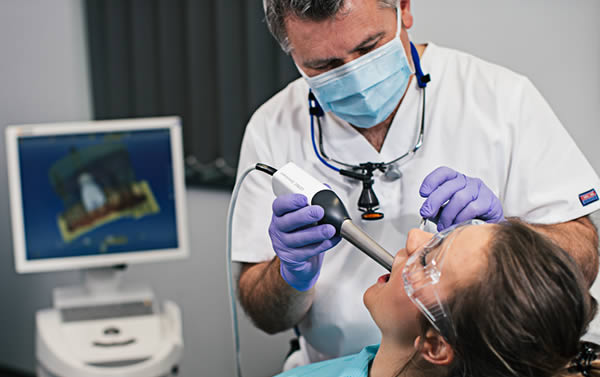
Following integration of the implant and jawbone, we then scan the implant itself. This is a major step forward in dental implant provision that we are very proud to offer to our patients, as it allows us to fit your implant using an engineered scan post.
We use our intra-oral scanning photo analyser that feeds information directly to our integrated CADCAM unit. Our highly skilled, in-house technician uses this information to custom design your computer generated abutment and crown.
The design can be adjusted with on-screen rather than using tedious wax model corrections. A major step forward!
D. Dental Implant abutment and crown/bridgework/denture
Once the design is approved by myself and my dental implant technician, the milling process can be started using our in-house, state-of-the-art equipment. The abutment and crown is constructed with such accuracy that the union of both is indistinguishable. Cemented or screwed versions can be manufactured as appropriate.
The digital revolution in dental implant treatment is remarkable and you can be assured that the latest techniques will be used in your case.
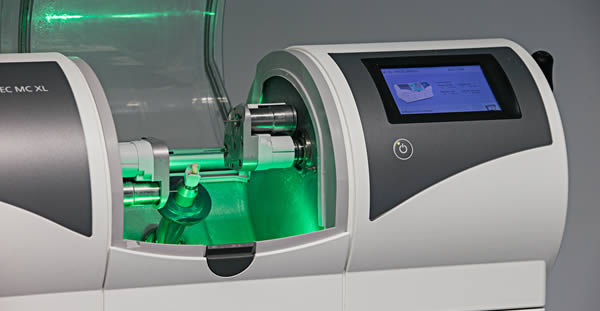
Darren Bywater Dental Implants Direct
A Dental Implant service brought right to your doorstep
CONTACT US